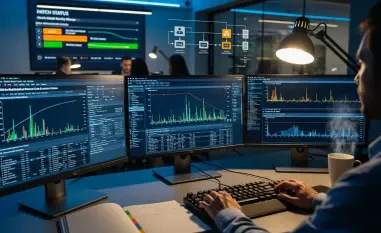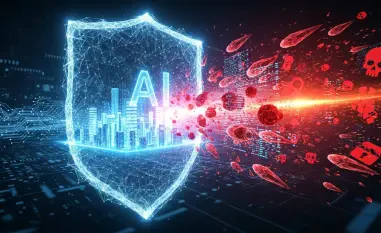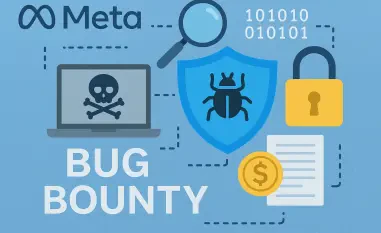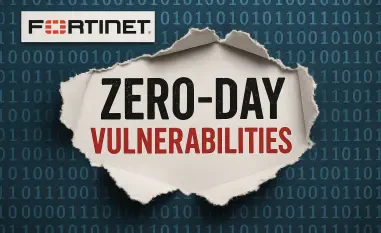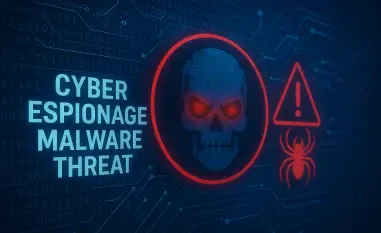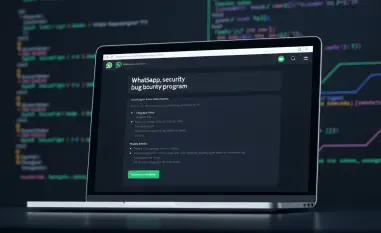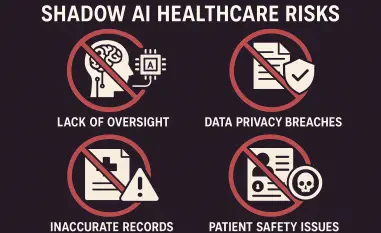In today’s rapidly evolving world of cybersecurity, threats are becoming increasingly sophisticated, and the strategies to combat them must keep pace. Malik Haidar stands out as an expert who not only understands the technical nuances of these threats but also emphasizes the strategic integration of business perspectives into cybersecurity. His insights into governance, risk, compliance, and cyber espionage provide a deep understanding of the current challenges and future landscape in cybersecurity.
Could you describe the current challenges that GRC professionals face in data protection regulations?
Governance, Risk, and Compliance professionals are navigating an increasingly complex landscape marked by evolving regulations and heightened expectations for data protection. Compliance is no longer just about ticking boxes; it’s about embedding security into every business process. With regulations like GDPR setting high standards, the challenge lies in not only understanding and implementing these rules but also aligning them with organizational goals to ensure robust data governance.
How do you see AI impacting GRC practices in 2025?
AI is set to revolutionize GRC practices by automating routine compliance activities, enabling real-time analytics, and providing predictive insights. In 2025, AI could be integral in identifying potential risks before they become threats, thereby shifting GRC from a reactive stance to a proactive strategy. However, there’s also the challenge of ensuring that AI systems comply with existing regulations and ethical guidelines, creating a complex dynamic for cybersecurity experts.
What measures can be taken to ensure maintaining customer trust in a rapidly evolving digital landscape?
Building and maintaining customer trust hinges on transparency and reliability. Organizations should communicate clearly about how data is being protected and utilized. Investing in robust security measures, conducting regular audits, and fostering a culture of privacy are crucial. It’s about demonstrating a commitment to not only meeting regulatory requirements but exceeding them, ensuring customers feel confident about their data security.
Could you explain how these Russian-linked threat actors are targeting Microsoft 365 accounts?
Russian-linked threat actors are employing highly targeted social engineering tactics to compromise Microsoft 365 accounts, focusing on individuals and organizations linked to Ukraine. These attacks involve convincing targets to engage directly, often by clicking a malicious link and entering a code. The tactics reflect a sophisticated understanding of human behavior, making it a challenge to guard against.
What is the significance of device code phishing techniques in their attacks?
Device code phishing techniques are instrumental in these attacks as they exploit the trust users place in their devices. Instead of solely relying on remote actions, attackers leverage a one-on-one interaction with users, making the approach more personal and convincing. This technique minimizes suspicion, which helps attackers avoid detection and escalate privileges within target systems.
How are these attackers refining their tradecraft to remain undetected?
The refinement in tradecraft primarily aims at bypassing conventional security mechanisms through personalized targeting and stealth tactics. This includes experimenting with different phishing methods, adapting to security updates, and studying user behavior to perfect their approach. Their goal is to remain agile, evolving their strategies faster than organizations can counter them.
What steps can individuals and organizations take to protect themselves from these social engineering operations?
Education is key. Individuals must be trained to recognize the signs of social engineering attacks, while organizations should implement strong multi-factor authentication processes and regularly update their security protocols. Creating a culture of cybersecurity awareness and readiness is vital, as is having robust monitoring systems to detect unusual activity rapidly.
With the clusters labeled as UTA0352 and UTA03, what distinct characteristics do these groups exhibit?
These clusters are distinguished by their strategic targeting and adaptable methodologies. While UTA0352 might focus on direct exploitation methods, UTA03 could emphasize stealth and persistence. Understanding these nuances requires continuous monitoring and analysis, which can help anticipate future moves and develop more effective countermeasures.
What is the main objective behind Lotus Panda’s attacks on Southeast Asian governments?
Lotus Panda’s primary objective is to gather intelligence and exert geopolitical influence. By targeting government ministries and other key infrastructures, they seek to access sensitive information that can provide a strategic advantage. These attacks underscore the role of cyber espionage in modern geopolitical strategies, emphasizing the importance of international cybersecurity collaborations.
Could you detail the types of custom tools utilized by Lotus Panda in their campaigns?
Lotus Panda employ custom tools such as sophisticated loaders, credential stealers, and reverse SSH tools. These custom tools are designed specifically to breach defenses and extract valuable data while maintaining a low profile. The uniqueness of these tools lies in their ability to adapt quickly to different environments, exploiting vulnerabilities specific to targeted systems.
How do these cyber espionage activities impact governments and organizations in Southeast Asia?
The impact is significant, leading to information breaches that can compromise national security and disrupt governmental operations. These activities can erode trust in public institutions and threaten regional stability. Organizations may face operational delays and increased costs associated with mitigating these breaches, highlighting the importance of robust defense strategies.
How can affected organizations respond to and recover from such cyber espionage attacks?
Response and recovery start with immediate containment actions to prevent further damage, followed by a detailed forensic investigation. Organizations should also strengthen their cybersecurity frameworks by integrating advanced threat detection systems and developing comprehensive incident response plans. Collaboration with cybersecurity experts and regional peers can speed up recovery efforts and improve resilience against future attacks.
How has the presence of XorDDoS malware evolved from 2020 to 2025?
Since 2020, XorDDoS has expanded significantly beyond traditional Linux systems into Docker and IoT environments. Its evolution reflects a broadening of targets as attackers capitalize on the growing interconnectivity of devices. This expansion demands heightened vigilance and a proactive approach to device security across all platforms.
What are the implications of XorDDoS expanding into Docker, Linux, and IoT systems?
The implications are profound, as these systems often host critical infrastructure and data. XorDDoS can exploit them to increase the scale and impact of DDoS attacks, potentially causing widespread disruption. The expansion necessitates a reevaluation of security measures, especially in environments traditionally overlooked or assumed secure.
What preventative measures can be implemented to safeguard systems from DDoS attacks like those from XorDDoS?
Organizations can deploy traffic analysis tools that identify and mitigate unusual patterns indicative of DDoS activities. Regular audits, timely software updates, and network segmentation are crucial preventative measures. Engaging with DDoS mitigation service providers can offer specialized solutions tailored to combatting such persistent threats.
What role do malicious DNS requests play in the functioning of the XorDDoS infrastructure?
Malicious DNS requests are central to XorDDoS operations, enabling communication with command-and-control servers. By exploiting DNS systems, attackers can hide their activities among legitimate requests, making detection challenging. Strengthening DNS security protocols and monitoring DNS traffic can help uncover these requests and mitigate threats.
Given these threats, how should organizations prioritize cybersecurity investments in the next few years?
Organizations should prioritize investments in advanced threat detection and real-time response systems. Resources must be allocated to continuously update security measures and educate personnel on emerging threats. Strategic focus on cybersecurity resilience, rather than just protection, will be instrumental in navigating the increasingly complex threat landscape.
What role do international collaborations play in combating global cyber threats?
International collaborations are vital, as cyber threats transcend borders. By sharing intelligence and best practices, countries can enhance their collective defenses. Collaborative efforts can lead to a standardization of cybersecurity protocols, facilitate quick response to threats, and promote the development of international regulations that curb cybercrime effectively.
How can education and awareness be leveraged to improve cybersecurity on a larger scale?
Education helps empower individuals to recognize and respond to threats, while awareness campaigns promote cybersecurity as a collective responsibility. Organizations should partner with educational institutions to develop curricula focused on cybersecurity principles. Community outreach and workshops can extend this knowledge, fostering a culture of security conscious citizens.
What is your forecast for the future of cybersecurity?
The future of cybersecurity will be defined by the intersection of technology, strategy, and international cooperation. As threats evolve, so must our approaches, emphasizing agility, adaptability, and collaboration. The consolidation of AI and machine learning into cybersecurity strategies will be pivotal in preemptively identifying and neutralizing risks, heralding a new era of proactive defense mechanisms.

